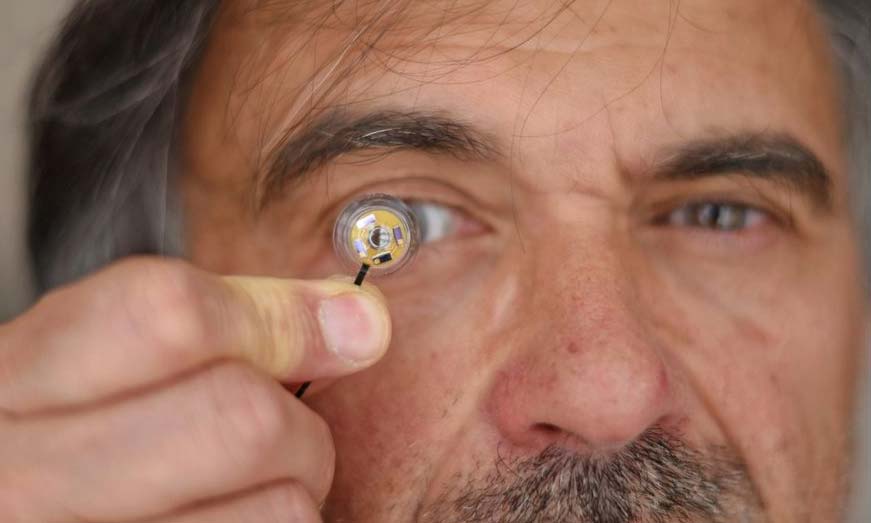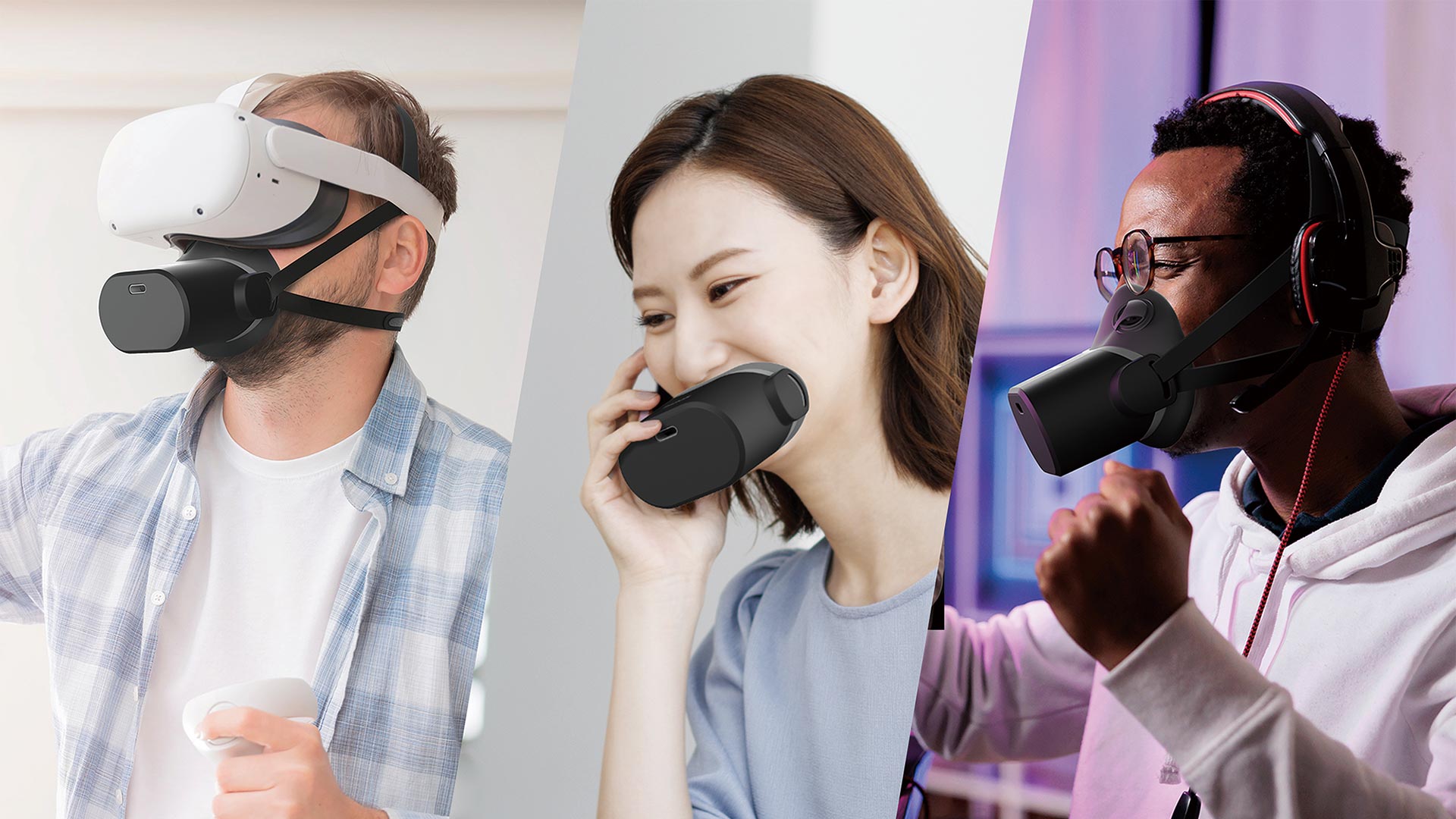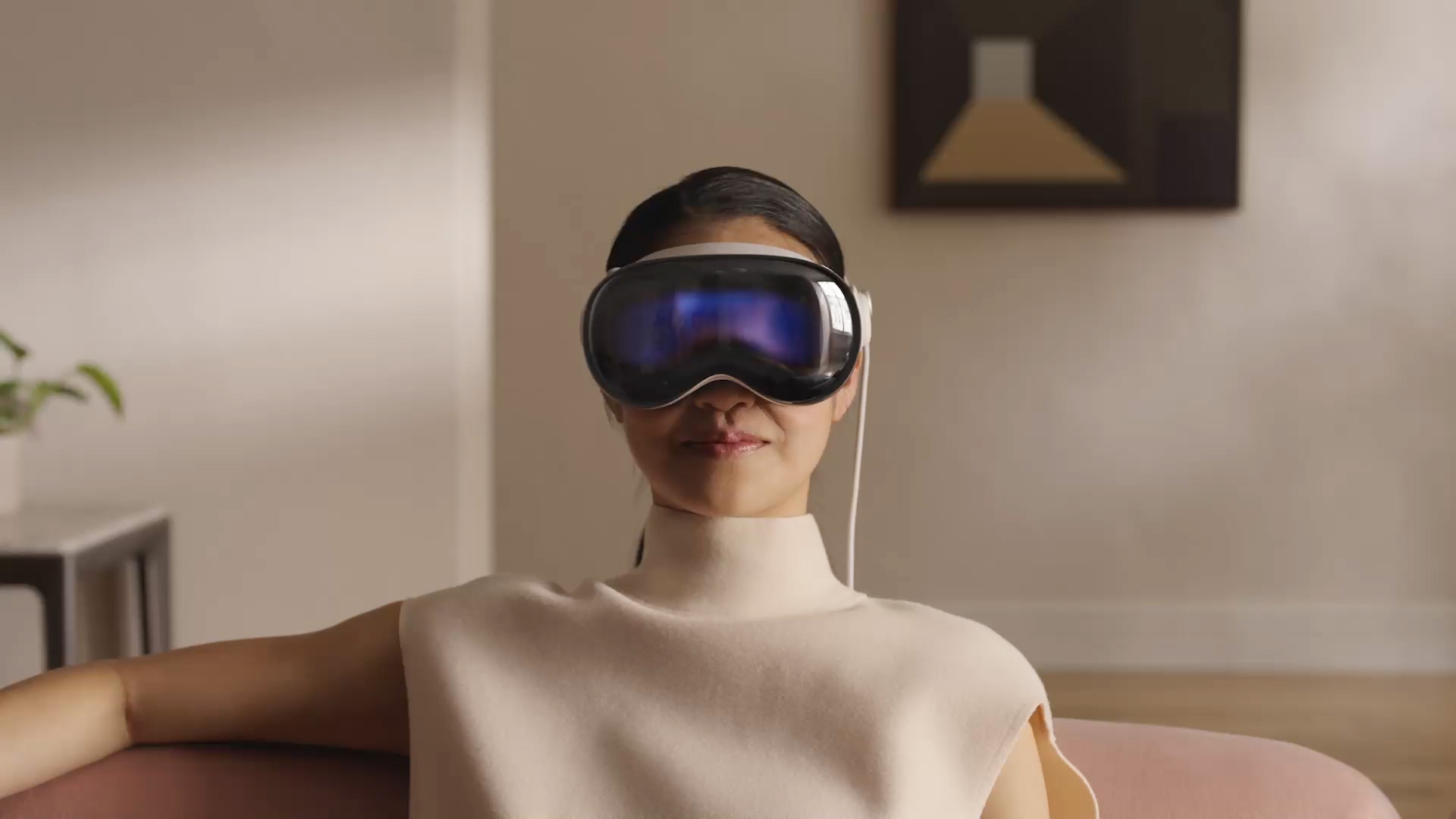AR contact lenses are far away, but a new research is paving their way
Some days ago, I found an article on Futurism talking about a university in France able to create the “first smart contact lens”. The article also talked about Augmented Reality and the interest of the DARPA for using this product. I got immediately hyped about this: we are all dreaming about AR glasses like Magic Leap or HoloLens 2, but what if the future was made of AR contact lenses?

It’s an intriguing possibility, that seems taken directly from sci-fi movies. It is also something a bit scary… what happens if there is a fault in the device and it shortcircuits while it is on your eyes?
To know more about this, I decided to contact one of the main actors of this interesting project, Jean-Louis de Bougrenet de la
Hello Mr. De Bougrenet de la Tocnaye, introduce yourself to my readers
Hello Tony. I am a Professor and head of Optics Department at IMT-Atlantique. I am a liquid crystal, diffractive optics and their application in optics and opht
I’ve read that your team has just developed an AR contact lens! Can you tell me more about this project and the team behind it?
Not exactly, it is a wireless contact lens with an eye tracker embedded in it, to be used in an AR helmet to: analyze the cognitive load, control the
What is this smart contact lens composed of?
The contact lens eye tracker is made up of several building blocks: one optical is devoted to the direction of
Can it be connected to a phone or PC? And can the connection be via Wi-fi or via 4G?
Yes, it could be done via a Wi-Fi relay. For the moment the contact lens communicates with a headgear (AR helmet or eyewear, being itself connected to the external world). The transmission protocol is, at this stage, very basic and the data rate exchanged between the contact lens and the
How can so much electronic run in a so little space? :O
This is one of the main challenges we had to face (volume and power consumption guaranteeing sufficient autonomy, as well as controlling the heating with respect to biocompatibility constraints). This is why we developed a very powerful stretchable self-healing Li-ion micro battery with our colleagues from the Ecole des Mines de Saint Etienne (Gardanne) to be easily encapsulated into a contact lens.

What is the current status of the project? What can I see if I wear one of them?
We are currently integrating all the constitutive building blocks. Of course, you can look through. The circuits are implemented over the iris area only for the moment, in a scleral contact lens which is very confortable and very steady (a critical point for measuring the direction of sight).
Is there a display inside your contact lens?
No, we are not making an AR in a contact lens but an eye
When are you going to implement a display inside the lens to make it an AR lens?
We do not have this project in mind for the moment. I just know that Samsung has patented some contact lenses incorporating displays but nothing has been done to my knowledge.
What are the future evolutions?
This first release will demonstrate the technological ability of integrating complex computing functions directly into an autonomous contact lens, offering the capability for implementing other various functions (biosensors, displays, refractive corrections, etc.) in the future.
How many years we will need to have smart contact lenses that we can wear in our everyday life?
We expect to get the first prototypes by the end of 2020, to be tested in real use case conditions (in particular for surgical assistance and military uses).

Playing a prediction game, when will we have contact-lenses with super-realistic resolution displays and fast 5G connection embedded inside? I mean, like in a sci-fi movie…
I do not know, but considering the current technological advances, I will say, nowadays it is plausible and no longer
I am a bit scared by AR contact lenses because I am afraid that in case of glitches, they could burn my eyes. Is this risk concrete?
All our devices are compliant with ocular safety norms (e.g. EN62471-2008). We have a long experience in optical acceptability of AR/VR/3Dglasses, including biocompatibility and c
Is it true that DARPA wants to use it for military purposes?
No, it is

How is the AR/VR ecosystem in France?
Not particularly different from elsewhere. It concerns mainly the professional uses for the moment, but the real target is the teenager consumers, well-known nowadays to be an efficient vector for the diffusion of new connected technologies and objects in our society.
Can people help you in this amazing research? Who? How?
Industrialists that suggest the use cases and help us to test them, but,
Is there anything else that you want to add to this interview?
The future generation of AR helmets will replace our current smartphones in the near future, by making free our hands, therefore, increasing our mobility simultaneously as our link to the cloud and the cybersphere. In this frame, eyes will play a major role in the future user interfaces, replacing standards like cursors, crosshair and touch interactions. It is why the development of eye trackers is closely linked to the development of AR systems and head up displays more generally.
Thanks a lot for your time, professor, and compliments for your project!
What his team has done is quite amazing. The real novelty is that finally, we are having the basis to create a smart contact lens: the crucial part has been the one of creating the battery that can give energy to this device. A battery that lives inside a contact lens, that must so be small and flexible, and that can’t overheat so to avoid burning your eyes… just… wow. According to the press release, this battery made it possible to continuously supply a light source such as a light-emitting diode (LED) for several hours. A partnership with the contact lens manufacturer LCS has enabled the first elements of this new type of intelligent contact lens to be encapsulated (the LED can be easily integrated into the contact lens if necessary).
As you can see, we are not talking about an augmented reality contact lens, but about a smart contact lens that can work together with AR glasses to provide them accurate data about the eyes of the users and this can be used e.g. for surgical assistance. And I dream about the future: if the battery can power a LED now, maybe it will be able to power some very low-res display in some years…
Reading the words of the professor, that is for sure one of the top specialists of the field, it seems anyway that perfect AR contact lenses are something quite far away in the future (if he can’t make a reasonable estimate on when they will be available, it is because the technology is too far behind). So let’s just not dream too fast about this technology. What makes me excited is that anyway he says that it will be something feasible… I can’t wait to test them when they will become available! What a time to be alive…
(Header image by IMT Atlantique)
Disclaimer: this blog contains advertisement and affiliate links to sustain itself. If you click on an affiliate link, I'll be very happy because I'll earn a small commission on your purchase. You can find my boring full disclosure here.



